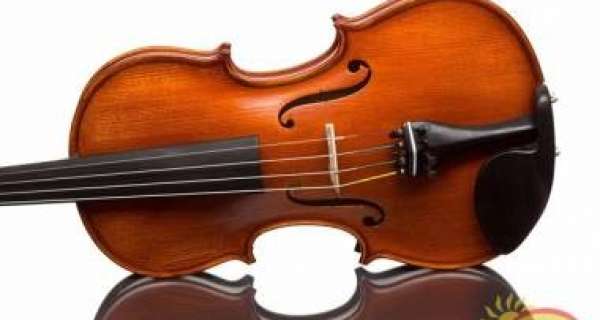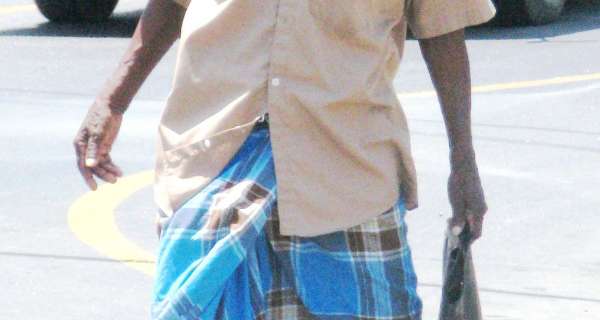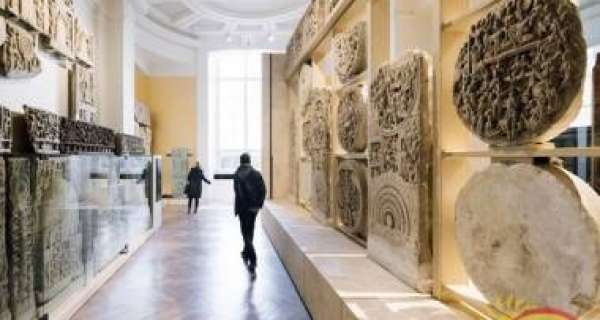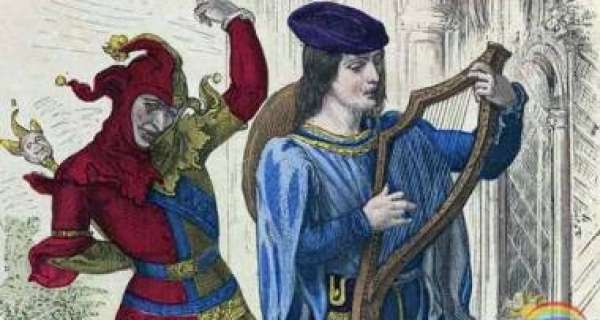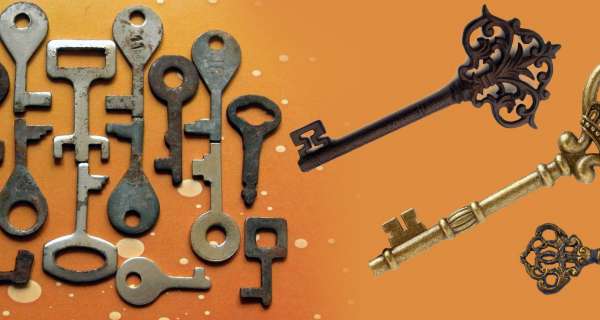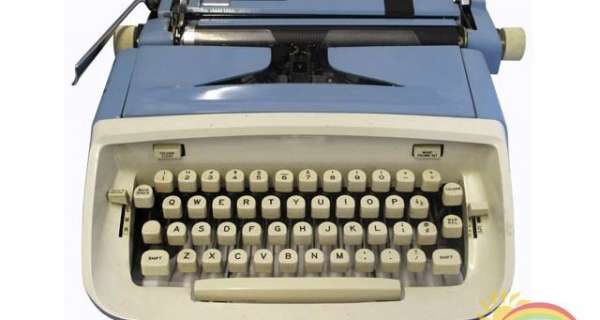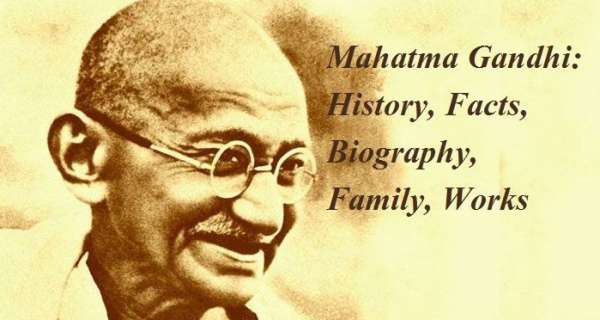The violin took many centuries to develop. Its history begins in India, where the use of a bow to play stringed instruments was probably invented. During the early Middle Ages in Europe, various stringed instruments were played with a bow.
One of these was the vielle, which was probably introduced to Europe through the Balkan Peninsula in the 10th century. Like the violin, the vielle was held against the player's shoulder.
Later the vielle was changed through the influence of the rebec. This was an Arabic instrument that spread from Spain to the rest of Europe. By combining the sturdy body of the vielle with the clever arrangement of the pegs in the rebec, a new group of instruments was born.
The violin received its basic form between 1550 and 1600. Since that time it has changed only in small ways. The most successful violins were made in the 17th and 18th centuries.
Italy produced outstanding families of violin-makers. Probably the greatest of these was Antonio Stradivari (1644-1737). Stradivari is called the master of all masters. He developed a larger, flatter type of violin that had been made before, which gave it more tone power.
Stradivari is said to have built 1,116 instruments. Of these, 540 "Strad" violins are known to us. Most of them have nicknames, such as the Viotti or the Vieuxtemps, after the famous violinists who played them.
Who invented the violin?
